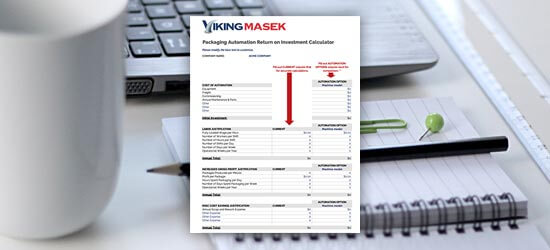
Exploring Coffee Packaging Innovations: Challenges in Sustainability and Design
In recent years, the coffee industry has experienced a surge in innovations, particularly in the realm of packaging. As consumers become increasingly aware of environmental issues, the demand for sustainable solutions has intensified, pushing companies to rethink their approach to Coffee Packaging Bags. This shift is not merely about aesthetics; it involves a careful balance between functional design and ecological responsibility. The need for packaging that preserves freshness while minimizing environmental impact poses significant challenges for brands striving to stand out in a competitive market.
Navigating the complexities of sustainable design means addressing various factors, such as material selection, production methods, and end-of-life disposal options. As coffee roasters and retailers experiment with alternative materials and innovative designs, they face obstacles that can hinder the transition toward greener practices. This blog will explore the latest trends in Coffee Packaging Bags, highlighting the hurdles encountered by industry leaders and the creative solutions being implemented to meet consumer expectations without compromising sustainability. Join us as we delve into the world of coffee packaging innovations and the journey toward a more sustainable future.
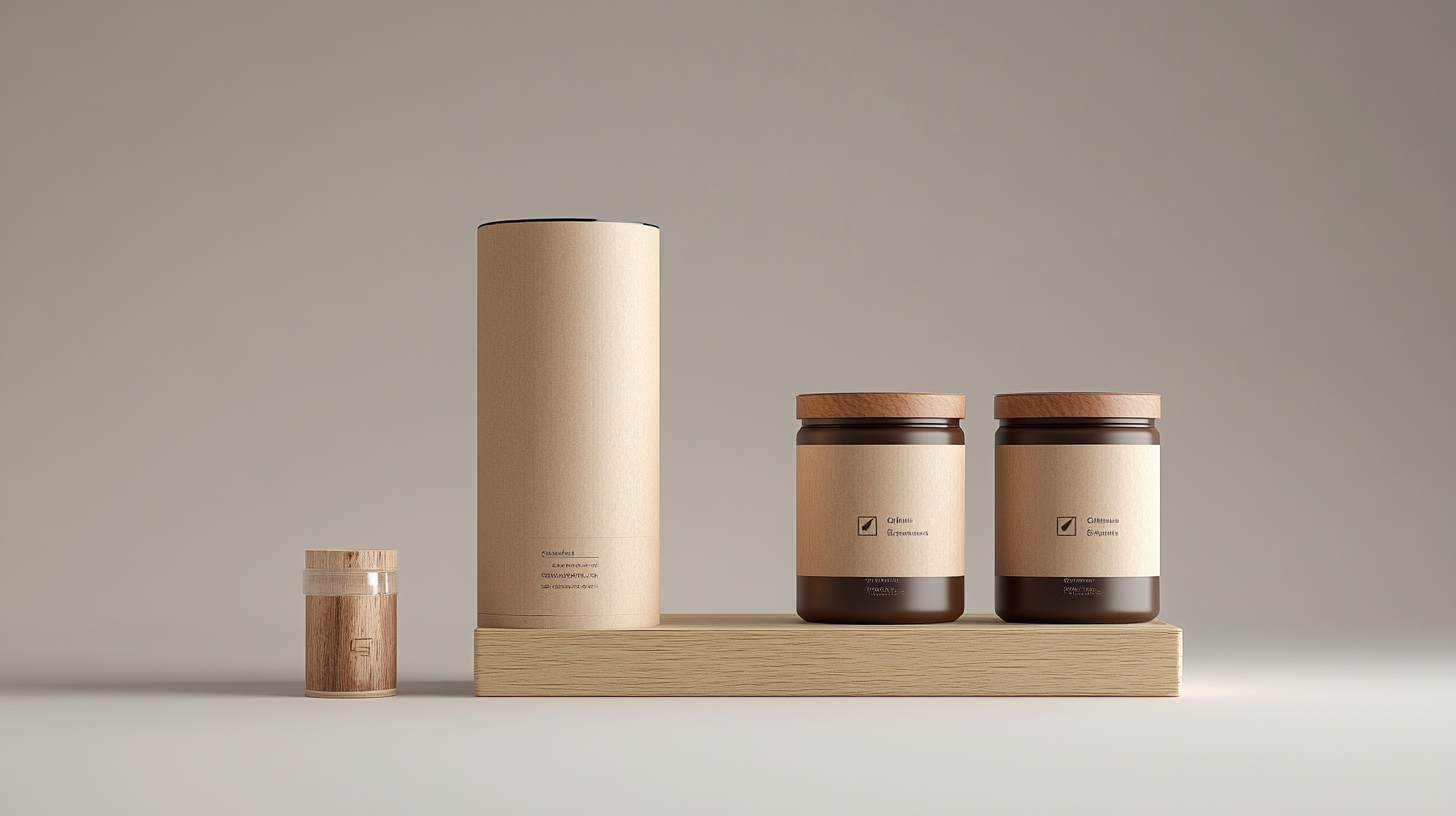
The Evolution of Coffee Packaging: A Historical Perspective
The evolution of coffee packaging offers a fascinating glimpse into both the history of commerce and the changing preferences of consumers. From the early days of loose beans being sold in simple burlap sacks to the modern, meticulously designed vacuum-sealed bags, coffee packaging has significantly transformed. The initial packaging methods reflected a time when coffee was a luxury item, often imported from distant regions. The use of burlap or paper not only provided a functional barrier to moisture and pests but also conveyed a sense of authenticity and craftsmanship. As the coffee market grew in the mid-20th century, so did the need for more sophisticated packaging solutions. The introduction of aluminum foil and plastic laminates revolutionized the preservation of freshness and flavor. These materials allowed brands to create eye-catching designs that appealed to a burgeoning consumer base eager to explore various coffee blends and origins. The aesthetic aspect of packaging became crucial, as brands competed to establish a unique identity in an increasingly crowded marketplace. In recent years, the focus on sustainability has further influenced the design of coffee packaging. Consumers are now more aware of environmental issues, pushing brands to innovate with recyclable and compostable materials. This shift signifies a broader trend towards eco-consciousness within the industry, encouraging manufacturers to rethink traditional packaging methods and explore alternatives that align with sustainable practices. As we continue to explore the challenges and opportunities in coffee packaging, it becomes evident that its evolution serves not only functional needs but also reflects changing societal values.
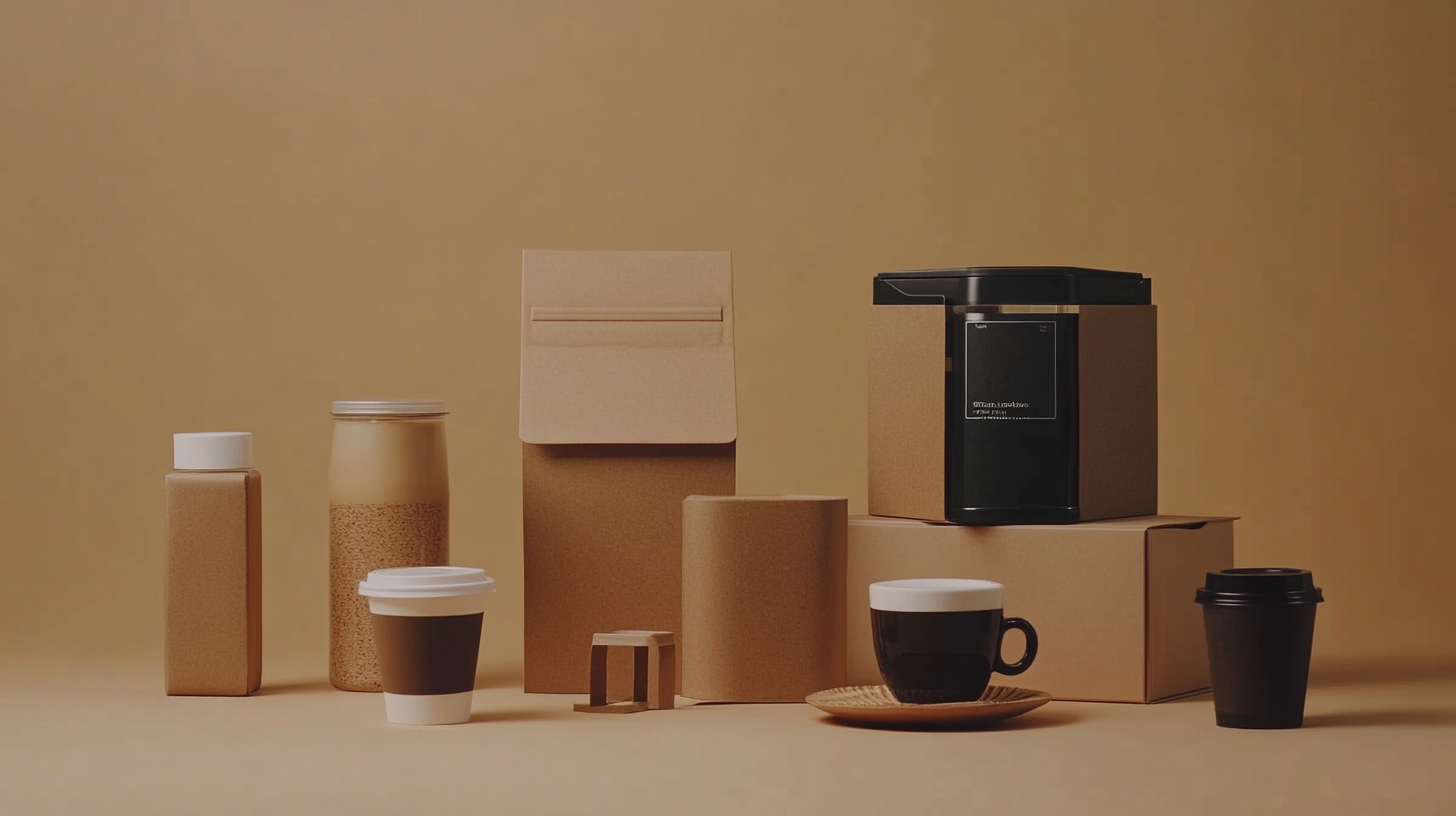
Sustainability in Coffee Packaging: Material Innovations and Challenges
Sustainability in coffee packaging is gaining momentum as innovations unfold to address environmental concerns. Recent advancements in material technology have led to the development of recyclable and sustainably sourced packaging solutions. For instance, the introduction of paper-based canisters with advanced board technology aims to significantly reduce the carbon footprint associated with traditional coffee packaging. This shift not only supports sustainability goals but also resonates with the values of environmentally conscious consumers.
In the competitive coffee market, companies are increasingly looking to differentiate themselves through sustainable packaging. The trend is evident in the collaborative efforts of industry leaders to refine their packaging processes, resulting in reduced plastic use and enhanced recyclability. Reports indicate that companies can achieve up to a 68% reduction in non-recyclable materials, demonstrating a clear commitment to environmental stewardship. These innovations are not merely driven by regulatory pressures but are also emerging from a growing consumer demand for greener alternatives.
As the specialty coffee segment continues to expand, packaging is becoming a key component of brand storytelling. Creative designs and sustainable materials serve not only to protect the product but also to communicate the brand’s ethical values. The evolution of coffee packaging reflects a broader shift in consumer behavior, with an increasing preference for products that embody sustainability at every level. As companies push the envelope on packaging solutions, the coffee industry is poised to set a benchmark for sustainable practices in consumer goods.
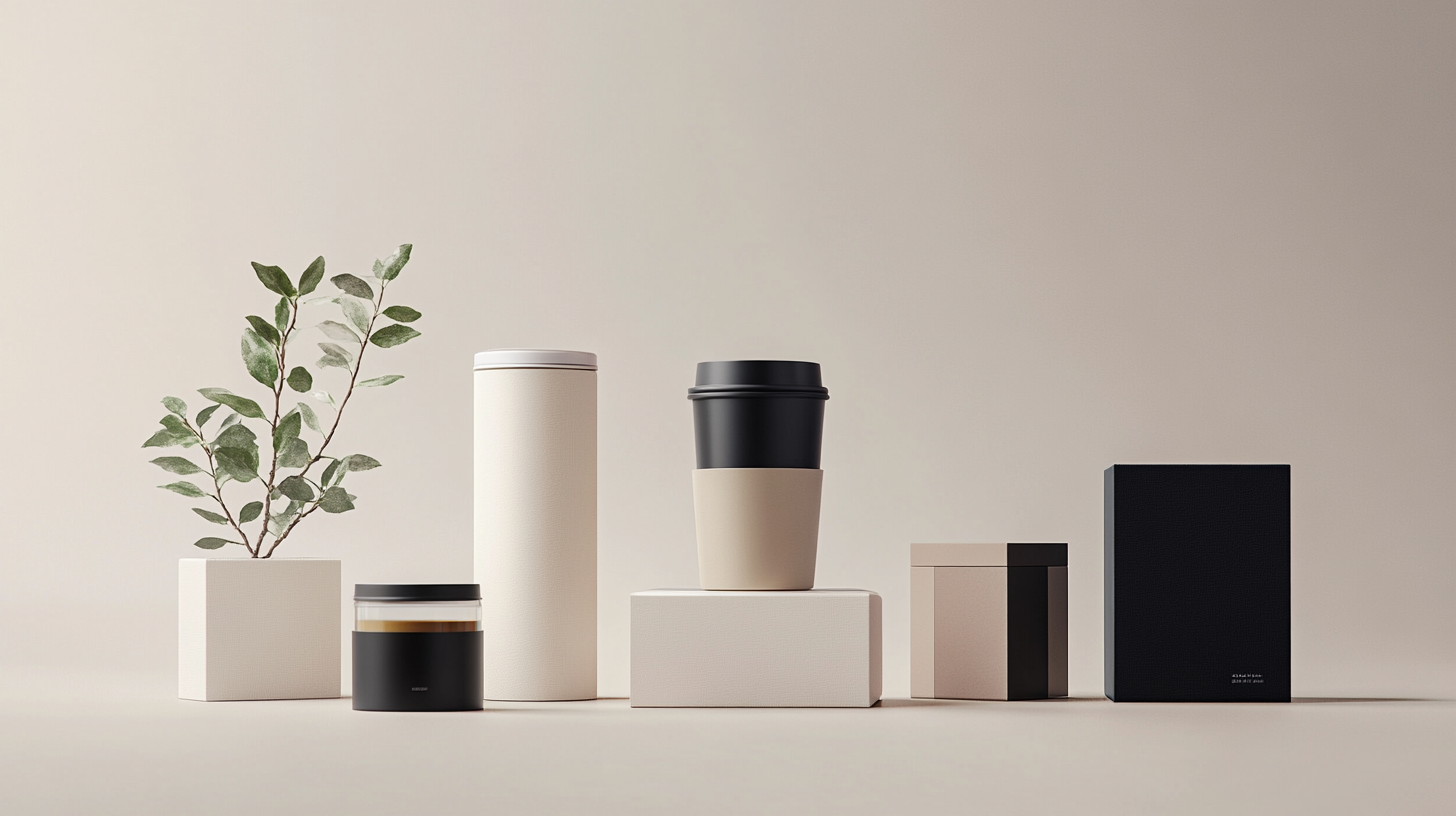
Designing for Functionality: Balancing Aesthetics and Practicality
In the realm of coffee packaging, the delicate balance between aesthetics and functionality is increasingly crucial. As consumers become more environmentally conscious, packaging design must not only appeal visually but also serve practical purposes such as preserving freshness and facilitating easy use. Innovations in materials and methods are reshaping how coffee brands approach their packaging, leading to an industry-wide shift towards more sustainable and user-friendly solutions.
An exciting example of this trend is the recent recognition received by the Resea Intelligent Edge Mini, which won the 2025 French Design Award. This achievement highlights the importance of marrying innovative design with practical functionality. The Resea packaging showcases a streamlined look while employing materials that reduce environmental impact, reflecting both the aesthetic demands of consumers and their desire for sustainability. This kind of design showcases how the coffee industry can learn from successful innovations to enhance user experience without compromising on environmental goals.
Furthermore, as brands experiment with biodegradable materials and minimalist designs, the role of technology in packaging is becoming increasingly significant. Smart packaging solutions, such as QR codes or integrated freshness indicators, can engage consumers while providing essential product information. By focusing on these innovations, coffee brands can create packaging that not only catches the eye but also fulfills specific consumer needs, thus reinforcing the relationship between product design and functionality. As this trend continues to evolve, the challenge remains—how to maintain this balance while pushing the boundaries of creativity and sustainability.
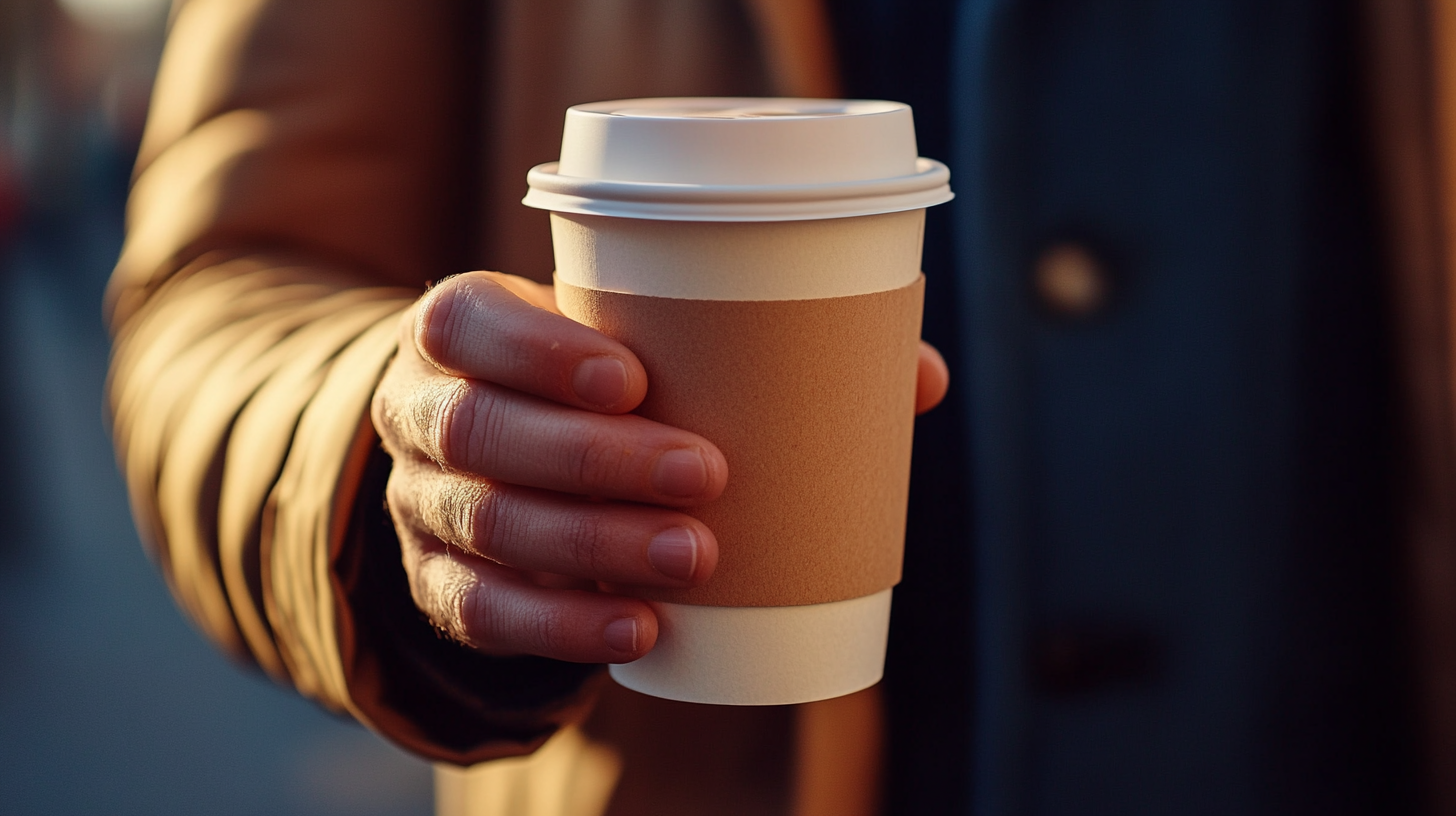
Consumer Perceptions: How Packaging Influences Coffee Choices
In the world of coffee, packaging is more than just a way to keep the product fresh; it’s a powerful communicator of brand values and consumer preferences. As the market becomes increasingly saturated, packaging design has evolved into a critical aspect that shapes consumer choices. Research shows that the aesthetics of coffee packaging—colors, typography, and imagery—can significantly influence how consumers perceive the quality and flavor of the coffee inside. A visually appealing package not only draws attention on the shelf but also conveys a sense of craftsmanship and premium quality, further impacting purchase decisions.
Moreover, consumers are becoming more environmentally conscious, pushing brands to innovate in sustainable packaging solutions. Biodegradable materials and minimalistic designs are gaining popularity as they resonate with eco-friendly values. Studies indicate that when consumers find that a brand aligns its packaging with their sustainability ideals, they are more likely to choose that brand over others. This trend towards eco-responsibility shows that packaging is not just about capturing attention but also about fostering loyalty through shared values. Thus, coffee brands that prioritize sustainability in their packaging may find themselves ahead in the competitive landscape, as they cater to a growing consumer demographic that prioritizes ethical choices.
Future Trends: Innovative Approaches to Sustainable Coffee Packaging
As the coffee industry continues to evolve, the demand for sustainable packaging solutions has become increasingly critical. Innovative approaches to sustainable coffee packaging are not merely trends; they are essential steps toward reducing environmental impact while maintaining product integrity. One promising trend is the use of biodegradable materials, such as plant-based films and compostable bags. These materials not only provide a functional barrier against moisture and oxygen but also allow coffee drinkers to dispose of packaging responsibly, aligning with a growing consumer preference for eco-friendly products.
Another exciting development is the adoption of reusable packaging systems, which encourage consumers to refill their coffee supplies rather than purchasing new bags each time. Brands are beginning to implement deposit-return schemes, where customers can return empty containers for a rebate. This not only reduces waste but also fosters a sense of community and brand loyalty. Furthermore, advancements in digital printing technology are enabling coffee brands to create engaging, eye-catching designs that tell their sustainability story while minimizing the use of traditional inks and dyes.
Incorporating smart technology into packaging design is another future trend that holds great promise. QR codes and NFC tags can provide consumers with information on the packaging’s lifecycle and the brand’s sustainability efforts, making the purchasing experience more transparent. As the coffee industry navigates the complexities of designing sustainable packaging, these innovative approaches will play a pivotal role in meeting consumer expectations and addressing environmental challenges.



